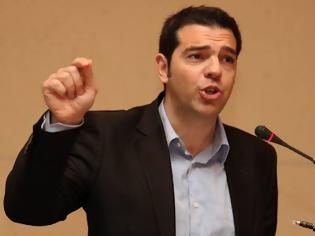The Trump Administration’s actions thus far to reform the VA is a good start
In the three and a half years since news broke of a major scandal at the Department of Veterans’ Affairs, the public has heard a depressing story of dysfunction, pettiness, and malfeasance at the heart of the VA health system.
Employees manipulated their computer scheduling system to make it look like veterans were being served in a timely fashion, for which the staff was then able to collect bonuses. Veterans, meanwhile, waited months and years without being able to see a doctor. Some died as a result.
But the sting of that scandal was only one of many. There were plenty more to come from the vipers’ nest that was the VA. Benefit applications from troops returning from war were being hoarded and unprocessed, whistleblowers faced retaliation, staff stole money, and others committed felonies and kept their jobs.
At some VA facilities, prescription abuses were rampant. At others, elderly patients were neglected. At still others, administrators covered up infectious outbreaks. Physicians performed unnecessary procedures or pretended to perform procedures that were in fact never done, so they could improve their image with faked productivity metrics.
No one was fired for cooking the scheduling books, even though this misconduct had harmed veterans. Former Secretary Robert McDonald, whom President Barack Obama had brought in to fix the problem, added insult to injury by misleading the public on this matter, representing as if he had fired many employees responsible.
President Trump ran on a platform of fixing the VA. How has he done so far? Things have improved in some ways. More than 1,000 staff have been fired for misconduct since January. That’s a good start because the agency cannot improve without mass firings of the callous people who created the culture of unaccountability in which abuse could thrive.
Still, as even the VA’s harshest critics understand, firings alone cannot fix everything. The agency also needs to be reformed in such a way that its new staff can succeed, and good employees can thrive without fear of retribution.
Next week, Veterans Affairs Secretary David Shulkin will describe to Congress a plan that has veterans’ advocates cautiously optimistic. He will be removing limitations on the existing Veterans Choice Program, which serves veterans who live too far away from VA facilities to get care. It will become easier for any veteran to use if he or she can’t get a timely appointment or lives more than 40 miles from a VA facility. Tens of thousands of additional veterans will be allowed to see private doctors, with the VA picking up the tab. It will also become easier for veterans getting care from the VA to go to private specialists when referred.
Left-wingers and the VA staff union scream about “privatization” as though the new administration was proposing to smash a well-oiled machine. But the agency has already proven it cannot handle the work alone. If part of the solution is to lighten the burden by letting patients get care the same way Medicare patients do, it should be allowed. The only case against it is the usual one from organized labor, which is that it isn’t in their interests. Nope, it’s not supposed to be.
No argument against outsourcing government functions withstands the force of argument that veterans deserve high-quality medical care. It is the least that a grateful nation can do. Government contracting is complex and has pitfalls, but the private sector can be an appropriate partner or, as in this case, a force multiplier for an overextended agency that is unable to cope. As in education, the fact that government pays for something doesn’t mean government should run it.
The Trump administration has made big long-term promises to veterans — the nation has, too — and they must be kept. If the president follows through on this plan, we will have begun to keep them.



















